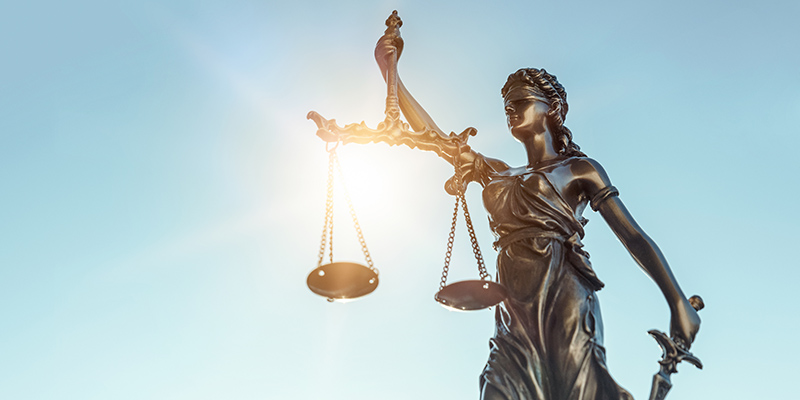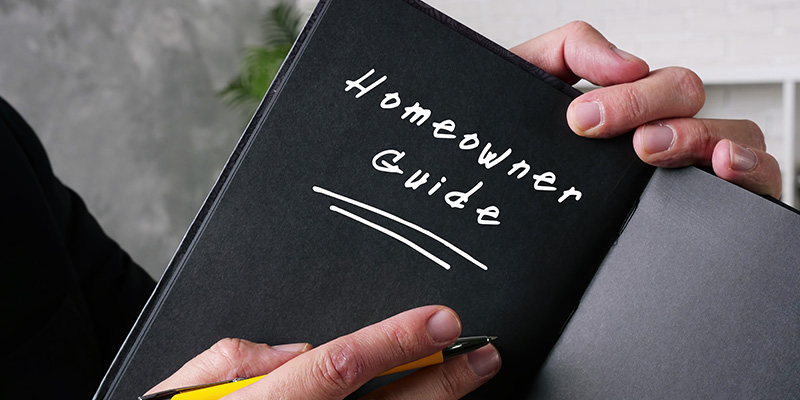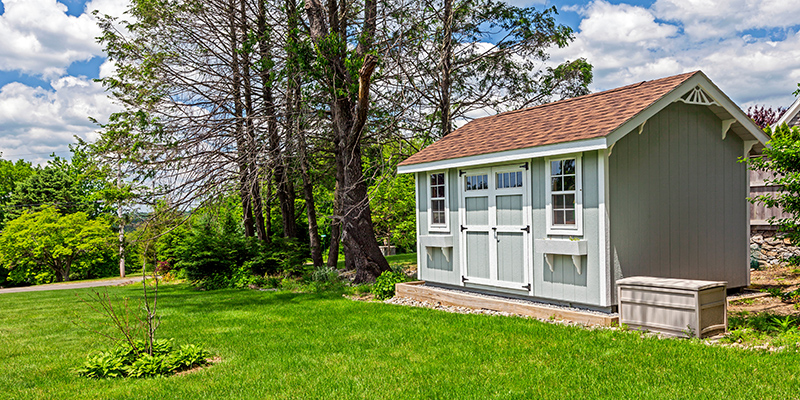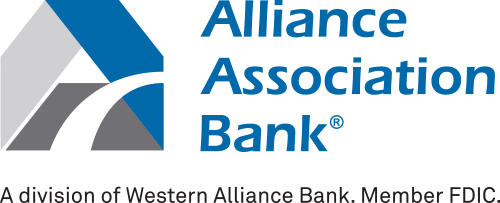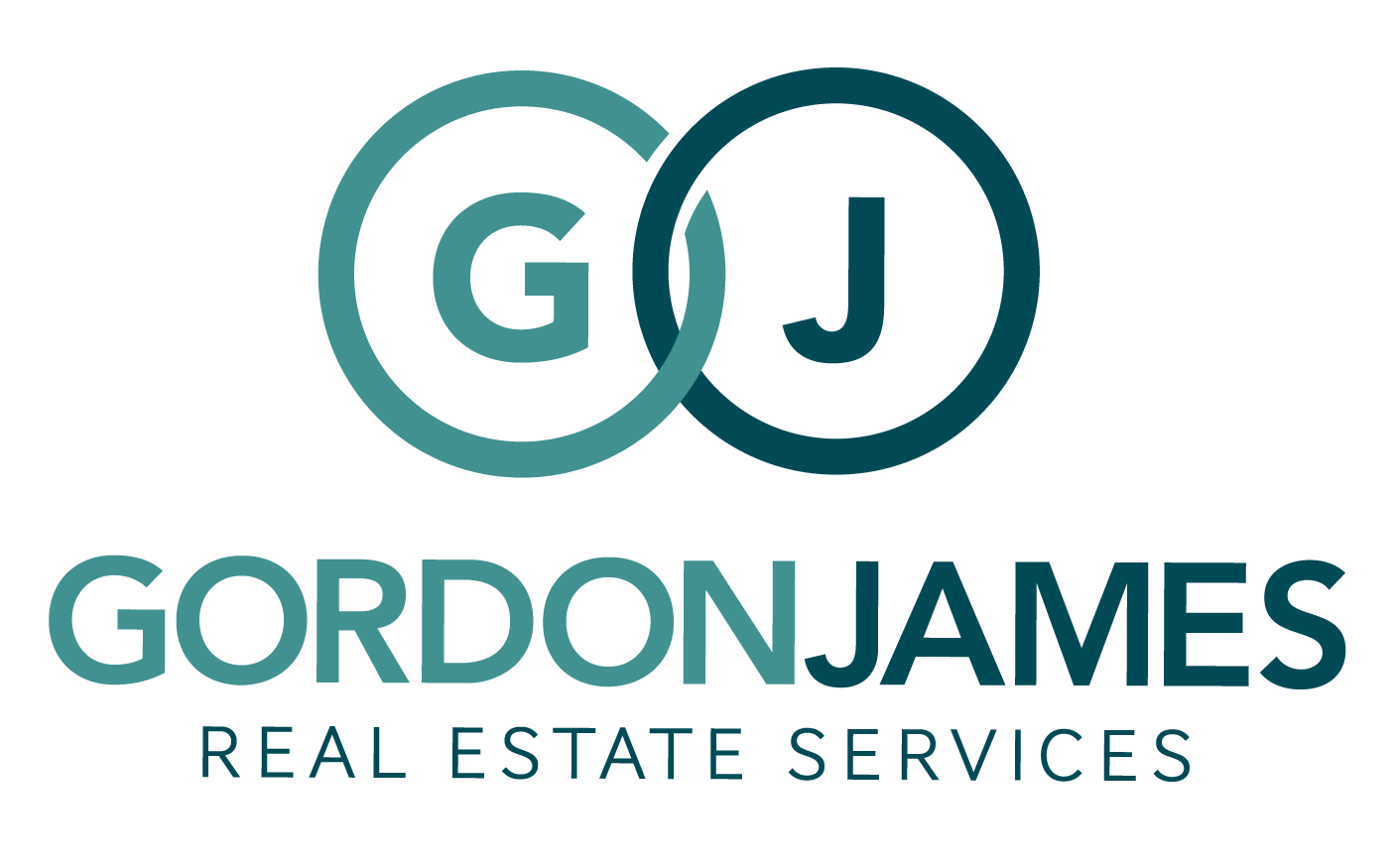A Guide To Robert’s Rules Of Order Make A Motion

It is crucial to observe Robert’s Rules of Order to make a motion at a meeting. This guideline is essential not just for business organizations but also for homeowners associations. Following the procedural steps during the presentation, discussion, and voting on a motion is fundamental for maintaining order and clarity.
Browse By Category
Sign up for Our Newsletter
It is crucial to observe Robert’s Rules of Order to make a motion at a meeting. This guideline is essential not just for business organizations but also for homeowners associations. Following the procedural steps during the presentation, discussion, and voting on a motion is fundamental for maintaining order and clarity.
How to Use Robert’s Rules of Order to Make a Motion
In alignment with Robert’s Rules of Order, a motion must contain pertinent information and follow positive wording. For example:
Member: “Mr. President, I move that we organize a donation drive on Saturday, April 20, at 1:00 p.m. at the community clubhouse.”
It is essential to ensure the motion encompasses key information, such as who, when, where, and what. Furthermore, submitting the motion in writing to the chair or president is beneficial. This approach helps accurately state the motion and ensures precision in recording the meeting minutes.
After following Robert’s Rules of Order to present a motion, the following steps take place:
- A member stands to address the chair, addressing them with an appropriate title such as “Mr. President” or “Madam President.”
- The chair acknowledges the member, either by stating their name or with a nod. The member presents the motion, saying, “I move to…” or “I move that…”
- Another member seconds the motion. The President may inquire if anyone would like to second it if no one seconds it.
- The chair restates the motion and presents it to the assembly.
- Members are now permitted to deliberate or discuss the motion. Once the discussion concludes, the chair proceeds to a vote.
- The chair announces the vote results and designates the individual responsible for implementing the action upon adoption.
Understanding Motions Out of Order
There are occasions when a member proposes a main motion that violates established rules. In such situations, the presiding officer is duty-bound to declare the motion out of order. If the presiding officer neglects to do so, any meeting participant has the right to bring it to the officer’s attention.
According to Robert’s Rules of Order, for a motion to be valid, it must adhere to the following criteria:
- Comply with federal, state, and local laws;
- Adhere to the governing documents;
- Align with the organization’s jurisdiction, unless there’s a collective vote allowing consideration;
- Be consistent with other motions that have been adopted and are still in effect unless modified or rescinded;
- Have significant differentiation from motions rejected during the same meeting; and,
- Complement or deviate significantly from a question temporarily set aside that remains under control.
How to Discuss a Motion
In a meeting, members actively engage in discussions about a main motion. Once the president initiates the discussion, members express their perspectives on the proposed idea, providing arguments for or against it.
The individual presenting the motion has the first chance to address it. This involves standing, addressing the president, gaining the floor, and speaking to the motion. After finishing, the member takes their seat, giving others a chance to speak.
Each member waits for their turn to voice their opinions. Cross-talk or direct references to other members are discouraged. All statements must be made courteously and directed through the chair.
During most meetings, members can speak twice on a debatable motion. However, a second turn may not be granted if another member wishes to speak for the first time. Members shouldn’t speak against their motion. However, they can vote against it if their decision changes after listening to the discussion.
When addressing a motion they haven’t proposed, members commonly start by stating, “I speak for the motion” or “I speak against the motion.” This reveals their position and contributes to maintaining balance in the debate. Additionally, this way, the president can ensure a fair floor assignment.
Discussion continues until the president thinks it’s time to move on to a vote.
How to Vote on a Motion
After facilitating the discussion, the president initiates a vote on the motion. Typically, voting occurs through a voice vote, with a majority required to adopt main motions. The president announces the outcome based on the majority response and accepts the result without expressly asking for abstentions.
In cases of uncertainty or if a member challenges the voice vote, they can call for a division, prompting a counted vote. The president then conducts the vote as a rising vote, requesting members to stand. The president uses visual judgment to determine the outcome before declaring the results.
The chair has the authority to choose when it comes to alternative voting methods. Should a member wish to use a ballot vote for more accurate and confidential results, they make the motion by rising, addressing the chair, and stating:
“Mr. President, I move that this vote be taken by ballot.”
The motion mandates a second, is non-debatable, and must pass with a majority vote to proceed with a ballot vote. If the majority opposes, the chair announces:
“The noes have it, and the vote will not be taken by ballot.”
Resolutions Defined
A resolution is a formal method for suggesting a course of action, mirroring the procedural stages akin to those of any main motion. Unlike regular motions, resolutions demand a second and a vote of approval. Its formal documentation sets a resolution apart, as members present it in written form.
Additionally, members can opt to include a preamble before the resolution. This introductory section outlines the circumstances surrounding the proposal, provides contextual details, and expresses the motives prompting the organization to contemplate the motion.
The Bottom Line
A well-defined framework is necessary to introduce, discuss, and vote on motions at meetings. Organizations benefit from embracing this structure for streamlined and efficient business proceedings. Utilizing Robert’s Rules of Order to make a motion, though, is not always easy.
Up Next:
- Understanding Robert’s Rules Of Order On Debates
- Robert’s Rules Of Order Voting On A Motion: How To Do It
- What To Know About Robert’s Rules Of Order Motions
Trending Now
Related Article
Sign up for Our Monthly Newsletter
Sign up below for monthly updates on all HOA Resource



